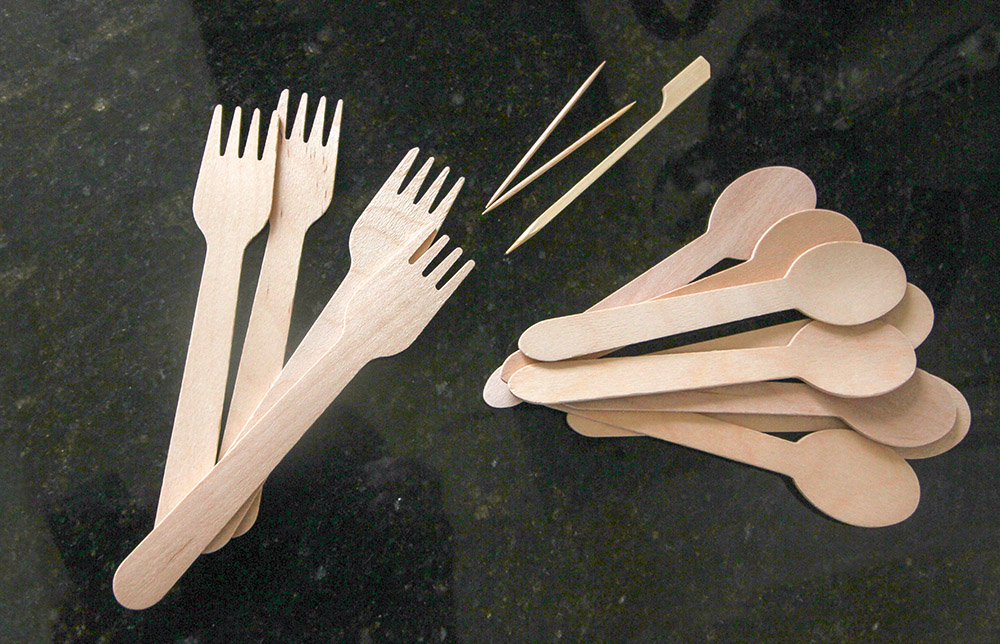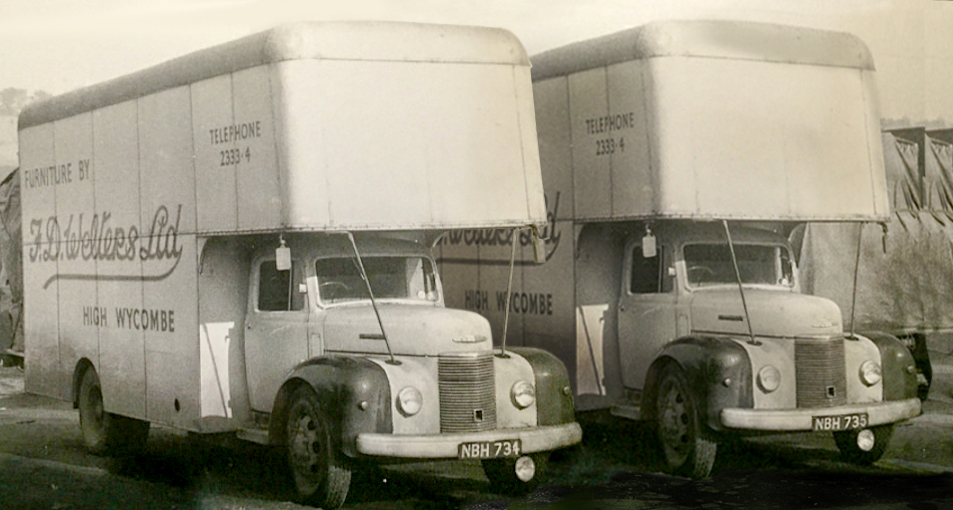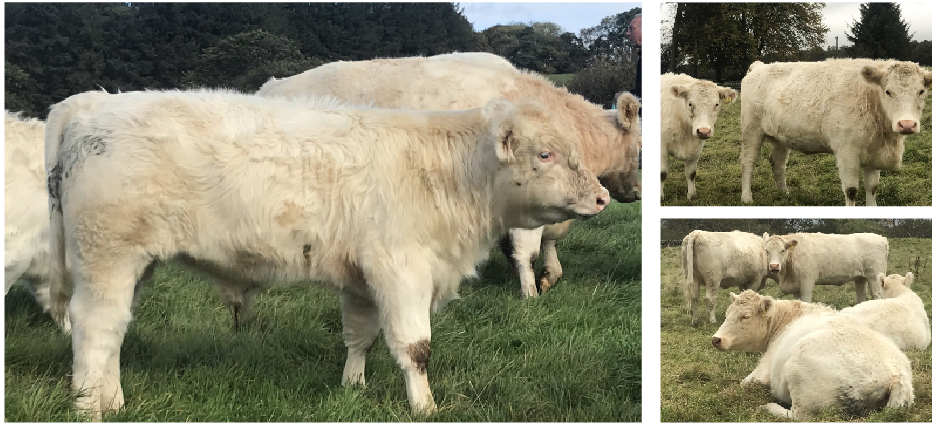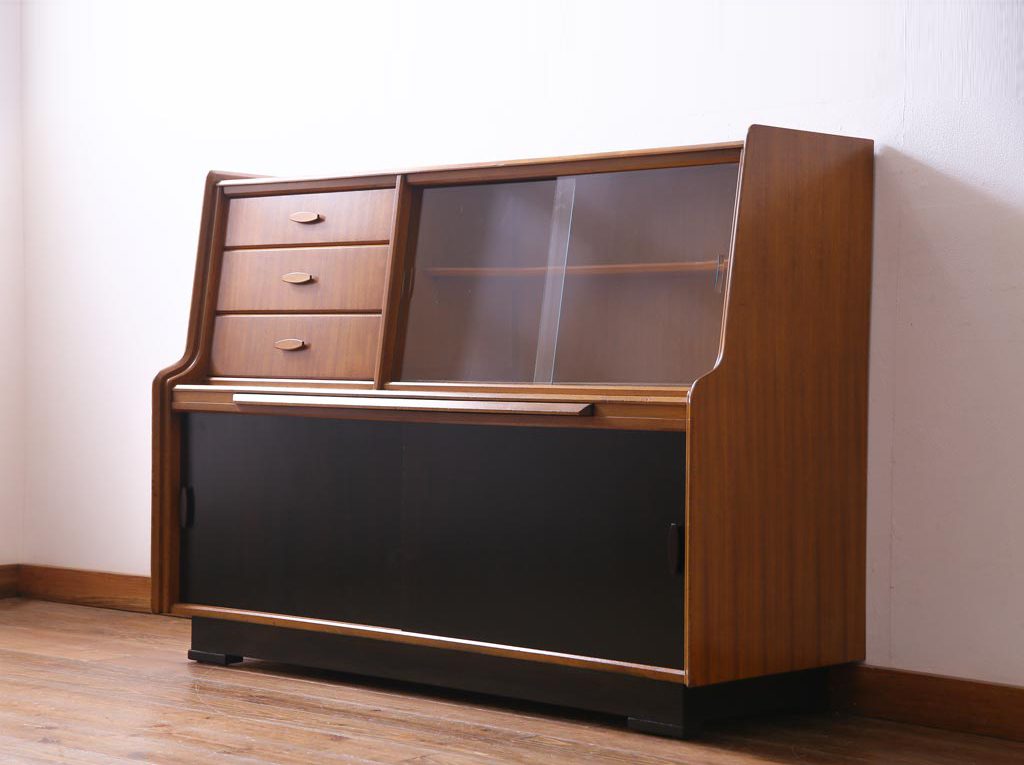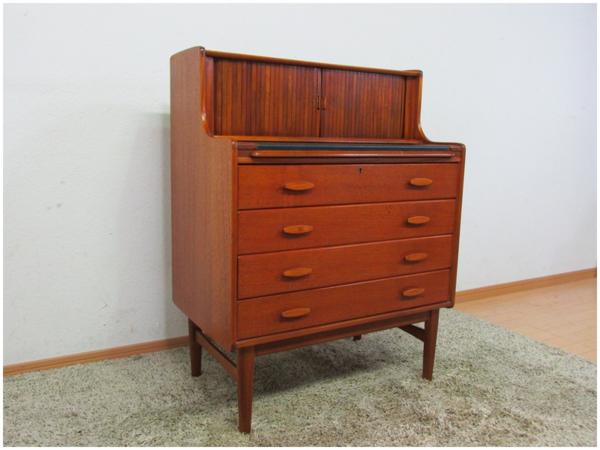Design Icon: Aston Martin DB5
By Paul Bazeley
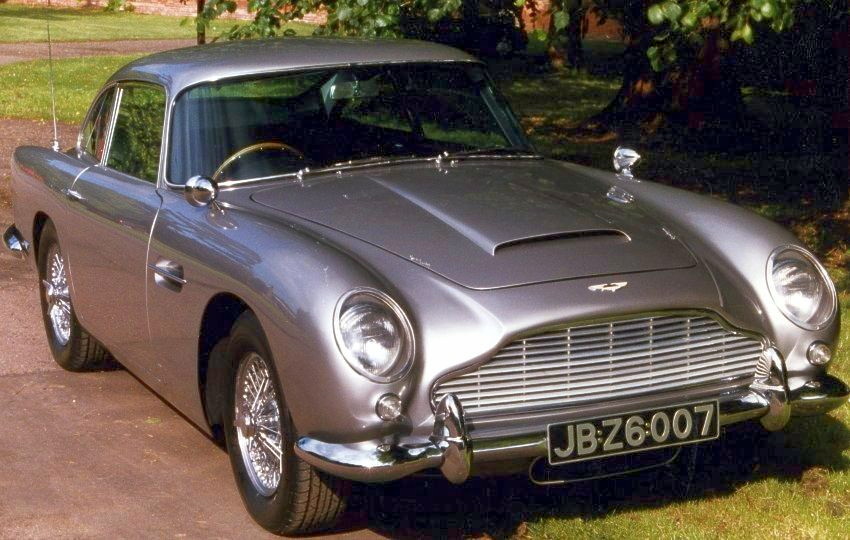
Credit: Chilterngreen [CC BY-SA 3.0 (http://creativecommons.org/licenses/by-sa/3.0/)]
https://commons.wikimedia.org/wiki/File:DB5-2.jpg
Whether you are into your cars or you’re a fan of James Bond or whether you know nothing about either, you have probably still heard of the Aston Martin DB5. It is not just a car but a thing of beauty and is one of, if not the most famous car in the world.
The Aston Martin DB5 was unveiled at the Earls Court Motor Show in October 1963. The DB5 is the evolution of the DB4 and the two are very similar in terms of looks. This is because John Wyer the Aston Martin general manager at the time had insisted that the styling of the DB4 had to come from an Italian coachbuilder. In stepped the Milanese company Carrozzeria Touring Superleggera and the DB4 was created.
Aston Martin once again teamed up with Carrozzeria Touring Superleggera when creating the DB5. While there are many similarities to the DB4 on the outside, it was the inside of the car which really stepped up its luxury game. The car came with electric windows, chrome wire wheels, reclining seats, wool pile carpets, twin fuel tanks, leather trim and a fire extinguisher as standard and for an extra £320 you could also have air conditioning.
While these luxury additions came with added weight, Aston Martin improved the cars specs by adding a 4.0L engine, instead of the 3.7L which was in the DB4, and a 5-speed gearbox. This helped to produce a top speed of 142mph and meant the car could go from 0-60mph in 7.1 seconds.
While these specs look pretty impressive for 1963, the problem the car faced was it couldn’t compete with the Jaguar E-Type. Nevertheless, Aston Martin got the break they needed when Ken Adam, who was the producer for the James Bond film Goldfinger, asked Jaguar if they could use an E-Type in the film and the company declined. The producer approached Aston Martin after the effects expert John Stears suggested the DB5. The owner of Aston Martin, David Brown (the DB for the cars comes from the initials of the former owner), was unsure at first but he gave in and sent them the prototype. The car was then sprayed in its now famous Silver Birch and the rest, as they say, is history.
Goldfinger (released in 1964) showcased the DB5, gadgets and all, as the most famous car in the world and one of the most sought after. The sales for the DB4 had been good for the company, however, the sales of the DB5 were double that of its predecessor.
Today, the car has appeared in several other James Bond films and many other movies and has cemented itself as an icon in popular culture. When it was released the saloon would have set you back £4,175 and the convertible £4,490, if you wanted to buy a classic DB5 now it would set you back around £1m and in August 2018 Aston Martin revealed it was to build 25 replicas of the car seen in Goldfinger, revolving number plate and all, which would be available for approximately £2.75m.
Whether you are lucky enough to own one, have some money sat around ready to buy one or if it will always be a pipe dream the great thing about the DB5 is that we can all appreciate how much of a beautiful car it is. Now if you’ll excuse me I’m off to watch Goldfinger, again.
